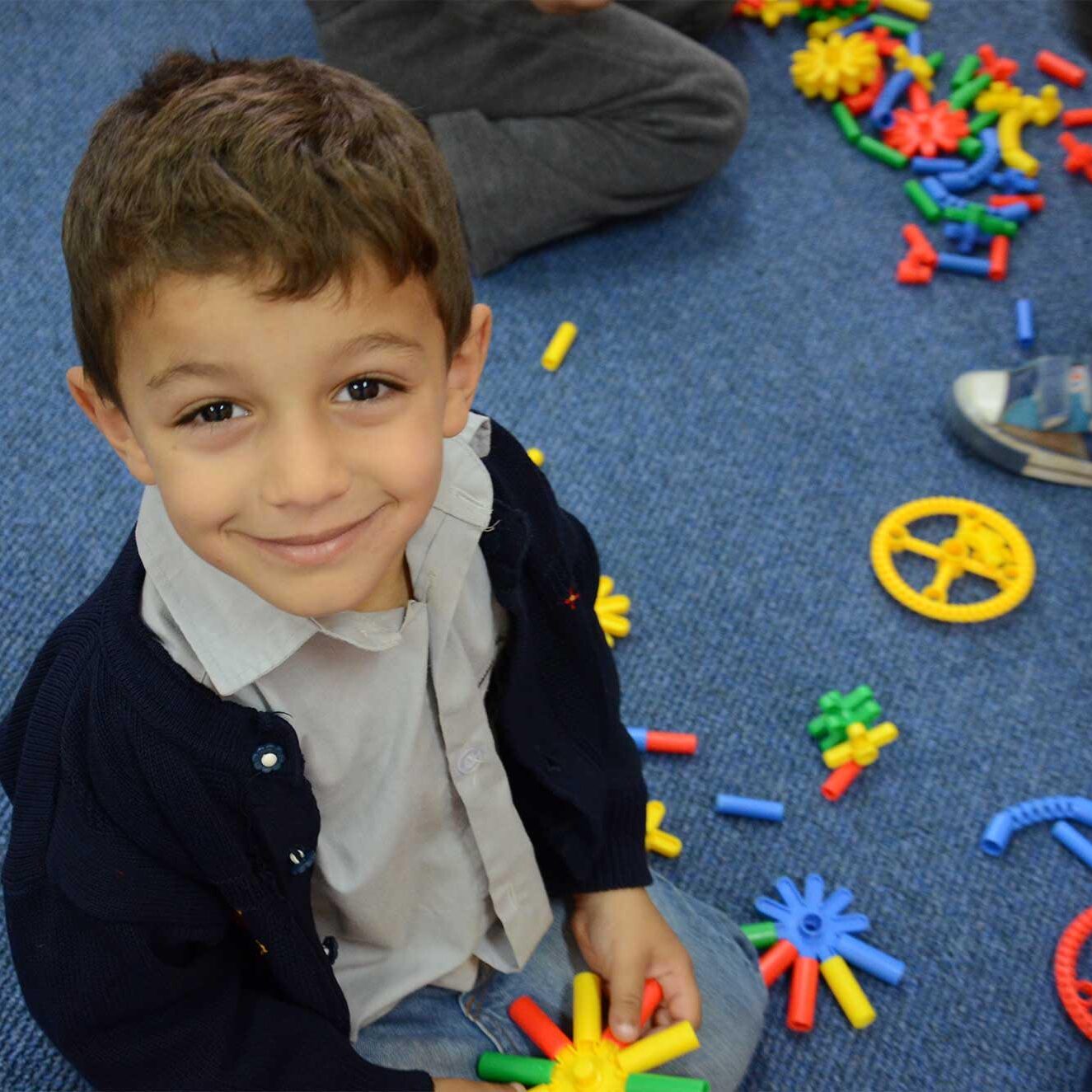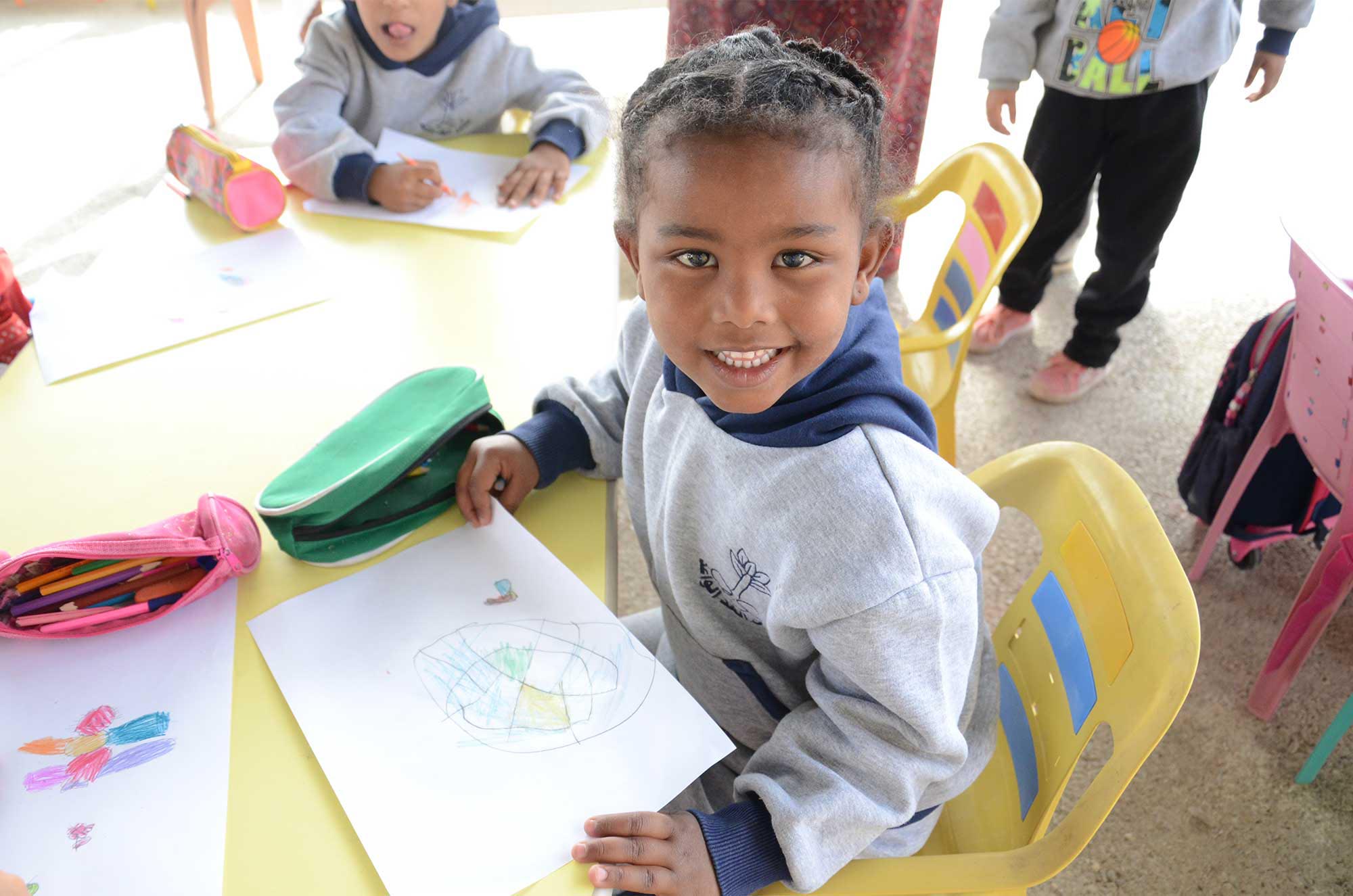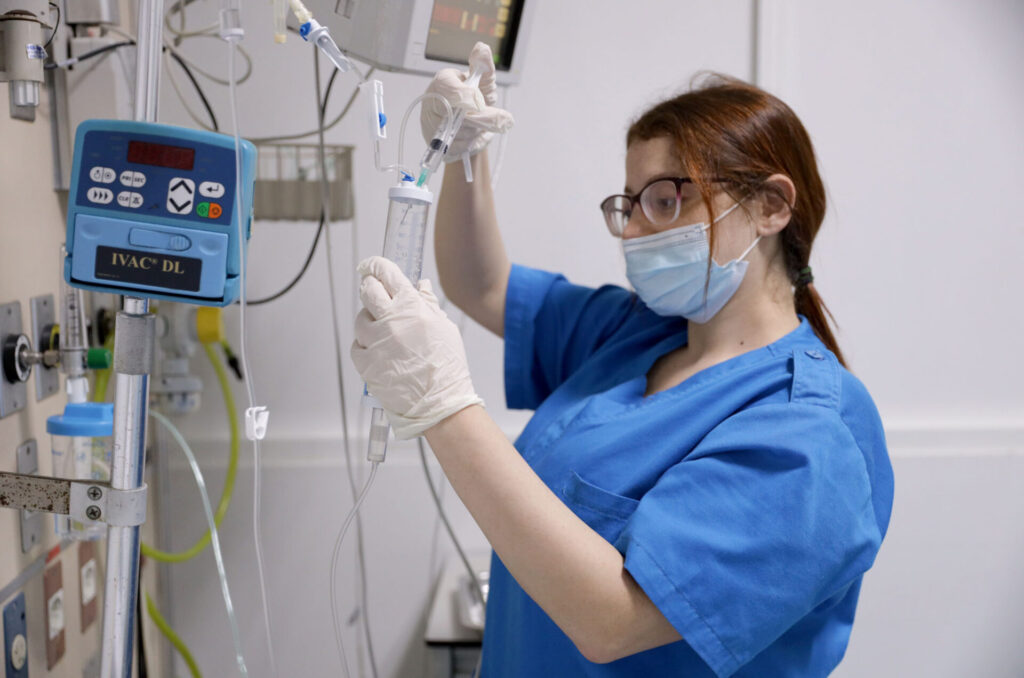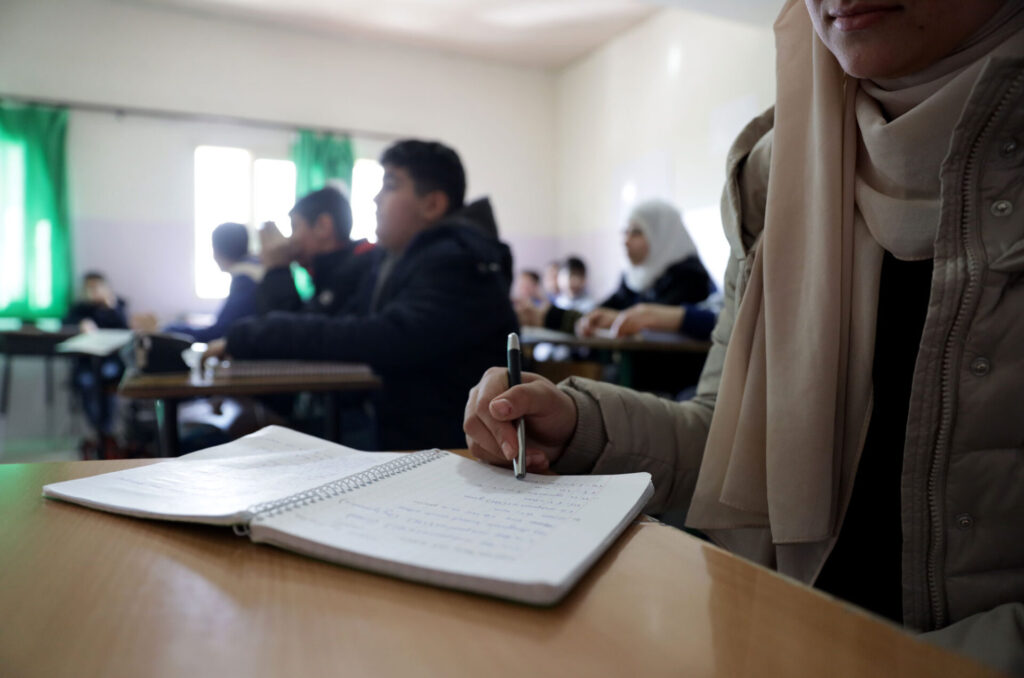Jan, 2017
Forget blackboards and desks, quizzes and calculators. Palestinian preschoolers have some new gadgets in the 150 Anera-renovated preschools across Palestine: toys and games to make learning fun.
Through a holistic approach, Anera’s Early Childhood Development (ECD) program has drastically changed the way teachers teach and children learn. Palestine preschools now have activity centers in which children can read stories, play puppet theater and practice hands-on science and art. They come complete with safe and child-friendly furnishings painted in bright, happy colors.
Puzzles and Paint Teach Palestine Preschoolers New Skills


The toys and games are locally produced by manufacturers in Gaza and the West Bank. Among them are musical instruments, puzzles, painting easels, card and memory games, dominoes, board games and more.
In the quiet corner, there is a small group of children working in pairs with building blocks. Meanwhile, another group is listening intently to a teacher narrating a lively children’s story. In the adjacent room, children play with water and sand, amused by the texture of wet sand and slowly grasping the concept of “empty” and “full.” Their classmates offer them warm tea and freshly-baked cake, all prepared in the toy kitchen unit with a little help from stuffed animals.
Through active learning, children learn lessons in visual discrimination, eye-hand coordination, sorting and classification, mathematical logic, critical thinking and self expression. They also develop their motor skills, curiosity and character, and explore the world around them with all senses engaged.
Before Anera implemented its early childhood education framework at these preschools, teaching was often conventional, haphazard and rigid. Children did not get the chance for one-to-one learning with their teachers and peers, and were instead taught as a mass group.
In Al Auja, a deprived part of Jericho, children’s first encounter with these toys was chaotic. Head teacher Itaf Njoom recalls, “They would mix the puzzle pieces with letter games or numbers, not knowing how to play with them. You’d find them playing with blocks and pinning boards together, not realizing they were different games. This is when their learning journey began and our training as educators came into play.”
Itaf has been a preschool teacher at the same school for over 16 years. She has seen many classrooms full of children that never get to see such enchanting toys and games at home. Poverty is rife and does not allow for toys and games. In addition, many parents don’t see the value of active learning with these fun tools.




As a community, the concept of active learning through play is not accepted.
“As a community, the concept of learning through play is not accepted,” said Itaf. “That’s another reason why Palestine preschools lack toys. Parents send their children to learn the alphabet and numbers, and they expect them to know how to write simple words and develop simple math skills. So the preschools would focus on that aspect, ignoring children’s innate need to play.”
Broken Old Toys and Furnishings Get Replaced
Before Anera’s intervention, The Al Auja preschool was poorly furnished. Most of the games had missing pieces, and were worn out and unsafe to use. According to the teachers, the old toys had accumulated over the years through different charitable donations. But regardless, Itaf points out that the old toys were not used correctly.
“It was simply haphazard. We had no ultimate goal—we were just letting them play. Through training, we learned how to correctly engage the child with structure and purpose.”


The kids are more calm and communicative, and less likely to resort to violence. The educational material has played a huge role in that.
Halfway through the school year, the kids at Al Auja now know each game and toy. They know exactly which toy they want to play with and how to play with it. They even put the toys away neatly when playtime is over.
“The kids are more calm and communicative, and less likely to resort to violence,” said Itaf. “The educational material has played a huge role in that. You see troubled kids completely immersed in games, 100 percent focused on building and creating. They are stimulated on all levels: their muscles, thought and imagination. All in just one game!”


